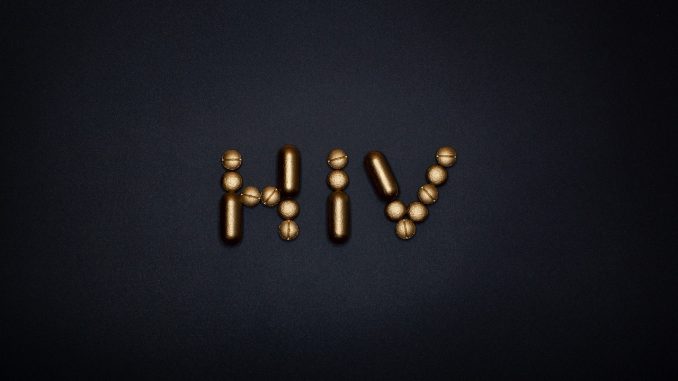
830 new infections and 387 deaths were recorded in 2021
Morocco celebrated on Thursday, December 1st the World AIDS Day under the slogan “Let’s fight against the inequalities that hinder progress to end AIDS”. The celebration of this world day is part of the National Strategic Plan to fight AIDS 2023. This plan aims to put Morocco on the path to eradicating the epidemic by 2030, in accordance with the Sustainable Development Goals. The efforts made by the Ministry of Health and its partners have made it possible to detect 83% of people with IGV by 2021. According to ministry figures, 23,000 people (adults and children) will be living with HIV in 2021. The ministry reports 830 new infections. The number of AIDS-related deaths is estimated at 387 by the end of 2021. The incidence rate is 0.2 per 1,000.
Morocco has a low HIV prevalence of 0.08%. 77% of new infections occur among key populations most at risk of infection and their partners, with HIV prevalence estimated at 1.7% among sex workers, 4.1% among men who have sex with men and 7.1% among people who inject drugs. The Ministry reports that the total cumulative number of people living with HIV (PLHIV) notified amounted to 19,000 at the end of September 2021 of which 64% at the asymptomatic HIV stage, 63% of notified cases were in three regions, namely Souss-Massa, Casablanca-Settat and Marrakech-Safi. The proportion of people who know their HIV status has increased from 22% in 2011 to 82% in 2021. In terms of prevention, 125,490 people, among key and vulnerable populations, were covered by the combined prevention programs in 2021. It is important to note that 1,964 drug users, including 442 injectors, are receiving methadone substitution treatment.
With regard to testing, the annual number of HIV tests performed has increased from 60,446 in 2011 to 275,439 tests in 2021. In addition to access to testing services, which is free of charge, people living with HIV are fully supported at Ministry of Health facilities. Testing has been expanded to more than 1,600 health facilities, 59 fixed and mobile NGO centers and 70 prisons. In addition, the number of pregnant women tested for HIV during prenatal consultations has increased from 5,630 in 2011 to 95,808 in 2021. The coverage of pregnant women living with HIV through the prevention of mother-to-child transmission of HIV has increased from 22% in 2011 to 44% in 2021. In terms of diagnosis and management of PLHIV, the Ministry has adopted the “Test and Treat” approach since 2015. There are now 35 referral centers for the care of PLWHIV and 14 laboratories offering diagnosis and biological monitoring. The number of PLHIV receiving antiretroviral treatment (ARV) has been multiplied by 4.5 between 2011 and 2021, i.e. an increase in coverage from 24 to 80% in 2021.

Be the first to comment